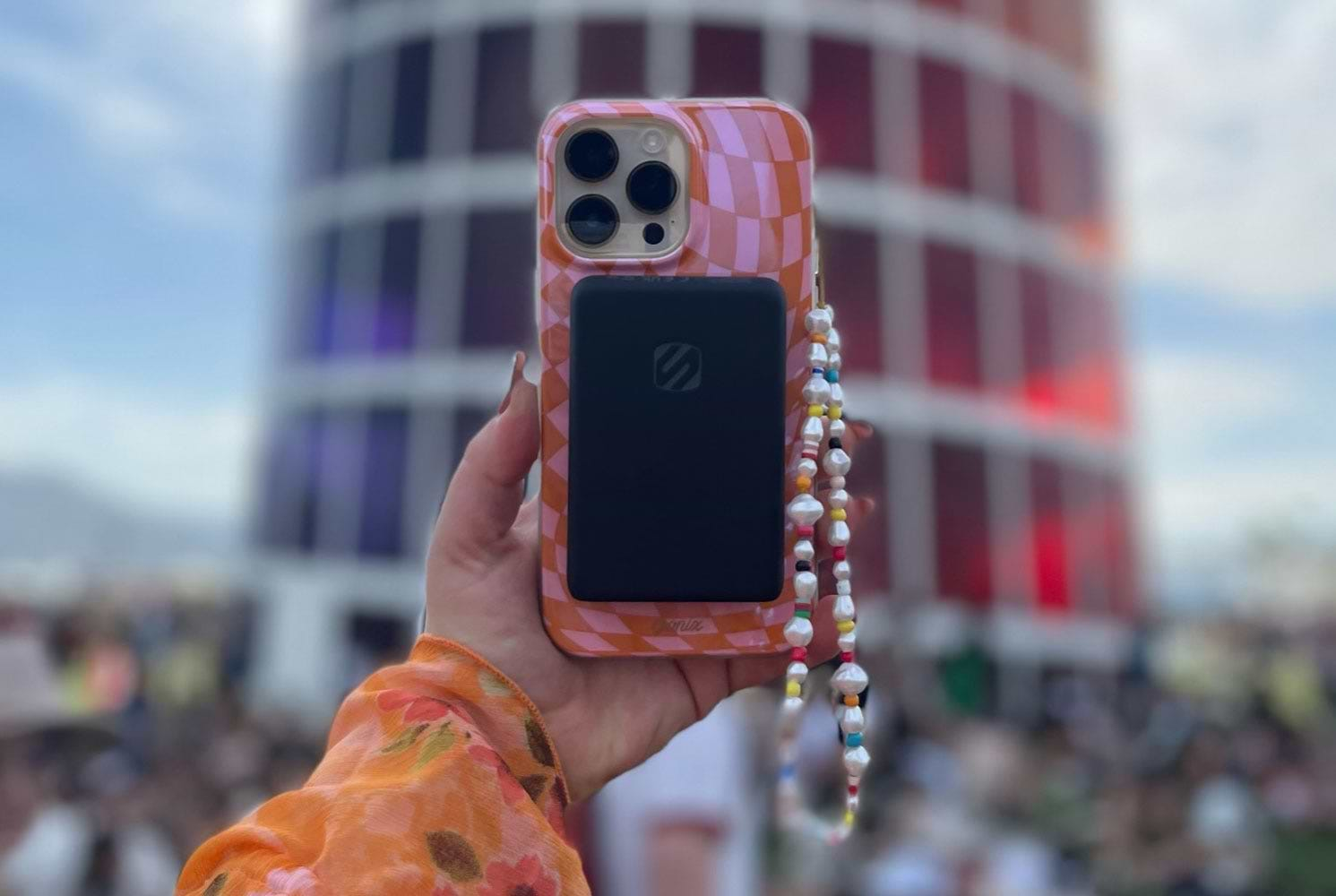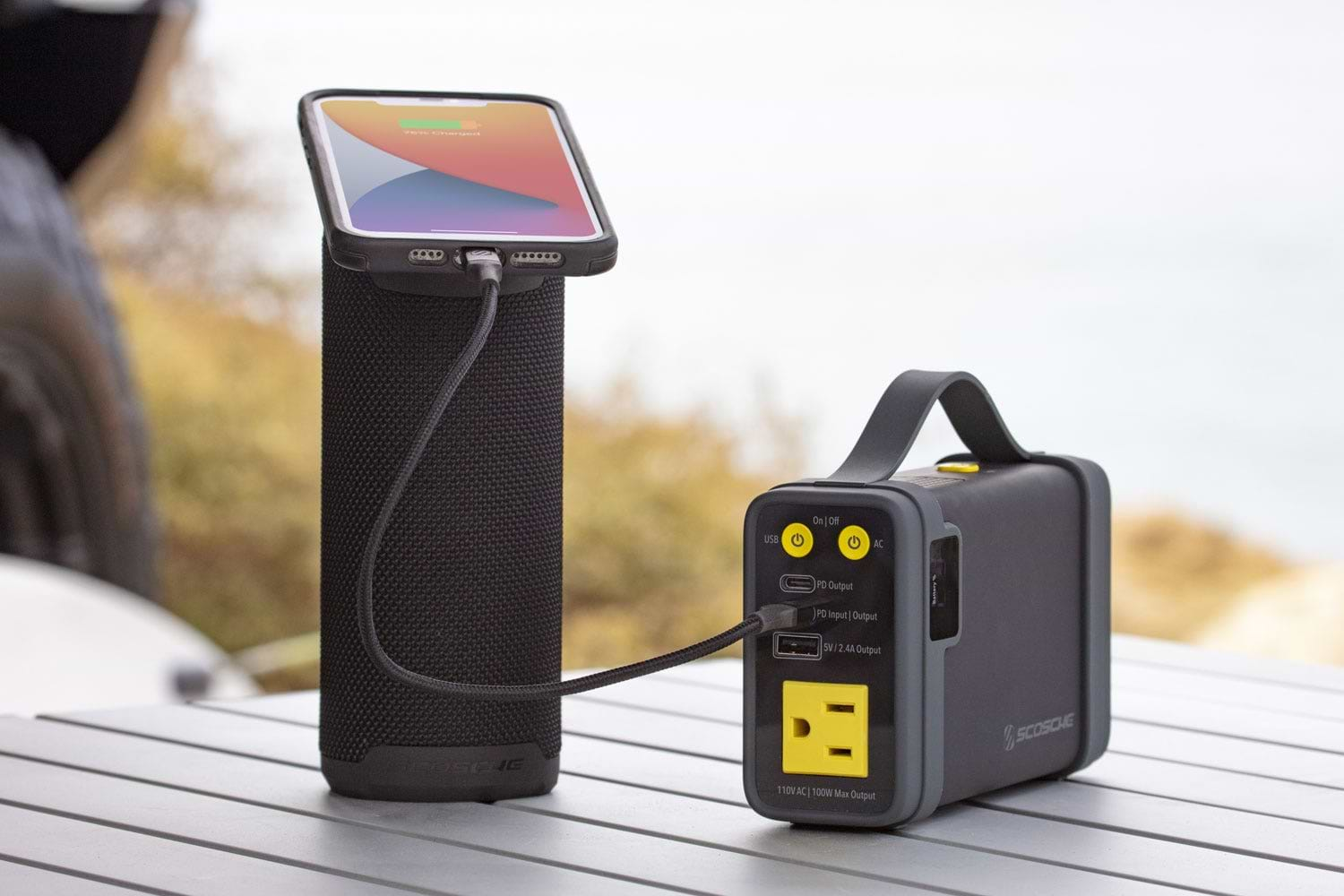Charging a Power Bank Without a Dedicated Charger

As portable electronic devices continue to play a crucial role in our daily lives, the need for reliable power sources has become paramount. One such solution is the power bank, a portable device capable of storing electrical energy to charge smartphones, tablets, and other USB-powered devices on the go. However, what happens when you find yourself without a dedicated charger for your power bank?
In this article, we will explore various methods to charge a power bank without a dedicated charger, along with some important considerations and troubleshooting tips.
Understanding Power Bank Basics
Before delving into alternative charging methods, it's essential to understand the fundamental principles behind power banks. Simply put, a power bank is a compact portable charger that utilizes lithium-ion or lithium-polymer battery cells to store electrical energy. These battery cells are similar to those found in smartphones and can be charged via a micro USB or USB-C input port.
Power banks come in various shapes and sizes, ranging from small pocket-sized chargers to larger high-capacity models. The capacity of a power bank is measured in milliampere-hours (mAh) and indicates how much charge it can hold. Higher capacity power banks can provide more charges to your devices before needing to be recharged themselves.
What Is a Power Bank?
A power bank is a portable charger designed to provide additional battery life to USB-powered devices when no electrical outlets are available. It acts as an external power source, allowing users to charge their devices while on the move.
How Does a Power Bank Work?
Once connected to a power source, whether it be a dedicated charger or an alternate method, the power bank's internal battery cells are charged. When you connect a device to the power bank's output port, it transfers the stored energy to charge your USB-powered device. The power bank acts as an intermediary between your device and the electrical grid, providing a convenient and portable power solution.
Many modern power banks also come equipped with features such as fast charging, multiple output ports, and even wireless charging capabilities. Fast charging technology allows devices to charge at a quicker rate when connected to compatible power banks, saving time when you're on the go. Multiple output ports enable you to charge multiple devices simultaneously, making power banks a versatile charging solution for individuals with multiple gadgets.
The Importance of Proper Power Bank Charging
To ensure the longevity and optimal performance of your power bank, it is crucial to adopt proper charging practices. The lifespan of a power bank can be affected by various factors, including the type and quality of battery cells, charging frequency, and the charging method employed.
Properly charging your power bank not only extends its lifespan but also ensures that it functions efficiently when you need it the most. By following some simple guidelines, you can maximize the performance and reliability of your portable power source.
Lifespan of a Power Bank
A well-maintained power bank can last for several years. However, continuous and improper charging can significantly reduce its lifespan. It's important to follow the manufacturer's guidelines and avoid exposing the power bank to extreme temperatures, moisture, or physical damage.
Additionally, storing your power bank in a cool, dry place when not in use can help preserve its battery life. Avoid leaving it in direct sunlight or near sources of heat, as excessive heat can degrade the battery over time.
Safety Concerns With Incorrect Charging
Charging your power bank incorrectly can lead to potential safety hazards. Overcharging, charging with incompatible adapters, or using damaged charging cables can cause overheating, battery swelling, or even an explosion. Always use the provided charging cable or an approved alternative to avoid any mishaps.
Furthermore, it's essential to unplug your power bank once it's fully charged to prevent overcharging, which can strain the battery and reduce its overall lifespan. Developing good charging habits can not only enhance the safety of using your power bank but also ensure its longevity for years to come.


Alternatives to Dedicated Chargers
If you find yourself without a dedicated charger for your power bank, don't worry. Several alternative methods can be employed to charge your power bank effectively.
When it comes to charging your power bank, versatility is key. Exploring alternative methods can not only save the day in a pinch but also offer convenience and efficiency in various situations.
Using a Laptop or Desktop Computer for Charging
One of the most accessible options is to charge your power bank using a laptop or desktop computer. Simply connect the power bank to the computer using an appropriate USB cable. This method provides a reliable and convenient charging solution when a dedicated charger is not available.
Moreover, charging your power bank via a computer can be a practical solution while traveling or working remotely. It offers a dual-purpose functionality, allowing you to power up your devices and your power bank simultaneously.
Charging With a Car Adapter
Another option is to utilize a car adapter. Most power banks nowadays come with a car adapter included or available as an accessory. This allows you to charge your power bank while on the move, making it an excellent choice for road trips or outdoor adventures.
Car adapters provide a convenient way to keep your power bank charged during long drives or camping trips. The adaptability of charging in a vehicle ensures that your power bank remains powered up, ready to keep your devices running wherever your journey takes you.
Solar Charging Options
If you're in a remote location without access to an electrical outlet, solar charging can be a viable solution. Some power banks are equipped with solar panels that convert sunlight into electrical energy. While solar charging is slower compared to traditional methods, it provides an eco-friendly and sustainable method of charging your power bank.
Embracing solar charging not only offers a backup charging option but also promotes environmental consciousness. Harnessing the power of the sun to charge your power bank exemplifies the fusion of technology and sustainability, ensuring your devices stay powered up while minimizing your carbon footprint.
Tips for Efficient Charging Without a Dedicated Charger
While utilizing alternative charging methods, there are a few tips to keep in mind to ensure efficient and effective charging.
When you find yourself in a situation without access to a dedicated charger, improvising with alternative charging methods can be a lifesaver. Whether you're on a camping trip, traveling, or simply forgot your charger at home, knowing how to maximize the charging potential of your devices can be a game-changer.
Maximizing Charging Speed
When charging your power bank, make sure to use a high-quality USB cable capable of transmitting the maximum current supported by your power bank. This ensures that the power transfer is efficient and that your power bank charges at the fastest speed possible. Additionally, avoid using extension cords or USB hubs, as they can introduce resistance and lead to power loss, resulting in slower charging speeds.
Moreover, it's essential to connect your power bank to a power source that can deliver sufficient power. For optimal charging speed, consider using a wall adapter or a USB port on a computer that can supply the necessary current to charge your power bank swiftly.
Avoiding Overcharging
To prolong the lifespan of your power bank, it's crucial to avoid overcharging. Once your power bank reaches full capacity, disconnect it from the power source to prevent unnecessary strain on the battery cells. Most power banks come equipped with built-in protection mechanisms to prevent overcharging, but it's always a good practice to monitor the charging process and unplug the power bank once it's fully charged.
Additionally, storing your power bank in a cool and dry place when not in use can help maintain its battery health and overall performance. By following these simple tips, you can ensure that your power bank remains reliable and efficient for all your charging needs.
Troubleshooting Common Charging Issues
Despite best efforts, you may encounter some common charging issues with your power bank. Let's explore a couple of them and possible solutions.
Power Bank Not Charging
If your power bank is not charging, double-check the power source and the connection between the power bank and the charging cable. Ensure that the power bank's input port is clean and free from debris. If the issue persists, try using a different USB cable or a different charging method to rule out any potential problems.
Slow Charging Speeds
If you notice slow charging speeds, check if your power bank supports fast charging and if the charging source is capable of delivering the required current. Additionally, ensure that your power bank is not overheating, as this can result in reduced charging speeds.
Power Bank Overheating
Another common issue that users may encounter is power bank overheating. This can occur due to prolonged use or charging at high temperatures. To prevent overheating, avoid using the power bank while it is charging and place it in a well-ventilated area during charging sessions. If overheating persists, consider using a cooling pad or a fan to help regulate the temperature of the power bank.
Intermittent Charging
Intermittent charging, where the power bank charges and then stops abruptly, can be frustrating. To address this issue, try using a different power outlet or charging source to rule out any issues with the initial power supply. Additionally, check the charging cable for any signs of wear or damage that may be causing the intermittent charging problem.
Conclusion
In conclusion, charging a power bank without a dedicated charger is possible through various alternative methods such as using a computer, car adapter, or solar charging options. However, it is essential to follow proper charging practices to ensure the longevity of your power bank and avoid any safety concerns. By employing the tips mentioned above and troubleshooting any common charging issues, you can confidently charge your power bank even in the absence of a dedicated charger.